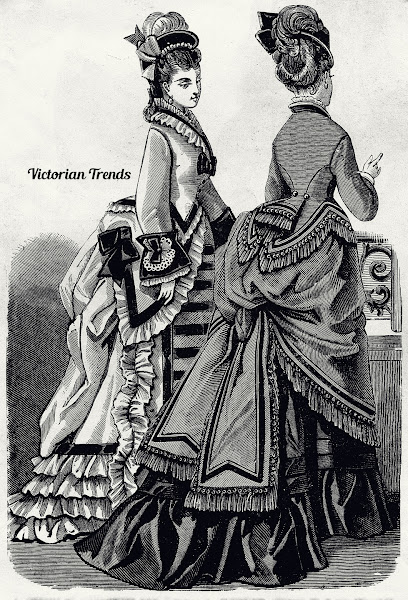Fig. 1. -- Dress of apple green taffeta, shaded with black, a spray of leaves broché in black, at regular intervals; corsage plain and high; sleeves demi long, and of a narrow pagoda shape, trimmed with flat bows of apple green ribbon, as are the skirt and corsage, in a continuous line. Bonnet of peach blossom crape, with a fall of blonde. Rich lace shawl, lined with black marceline.
Fig. 2. -- Dress of summer poplin, with bars of mauve, or down stripes of black, crossing the white ground; each breadth is separated by a ruche of mauve-colored ribbon, and bows of the same extend down the side breadths. Ceinture or waist ribbon of the same, with flowing ends, also shoulder knots. Black lace bonnet, with field flowers.
Fig. 3. -- Dress of blue challais, solid color, trimmed with ruches of the same material. Leghorn garden hat.
Fig. 4. -- Walking-dress of plain taffeta, in ten flounces; each flounce bordered and headed by a plain row of black velvet. Drawn hat of white silk.
Child's dress of pink challais, with tablier front. Net for the hair, tied to the right with a knot of black velvet ribbon.
You can download the high-res 9" x 14" @ 300 ppi (1800 x 2850 pixels) JPEG without a watermark here. Lovely as a framed print but can also be used as a cover for a journal or in other graphic design projects.

All digitized work by Victorian Trends.com is licensed under a Creative Commons Attribution-NonCommercial 4.0 International License. Free for personal use only. Please link back to VictorianTrends.com as your source when sharing or publishing.




